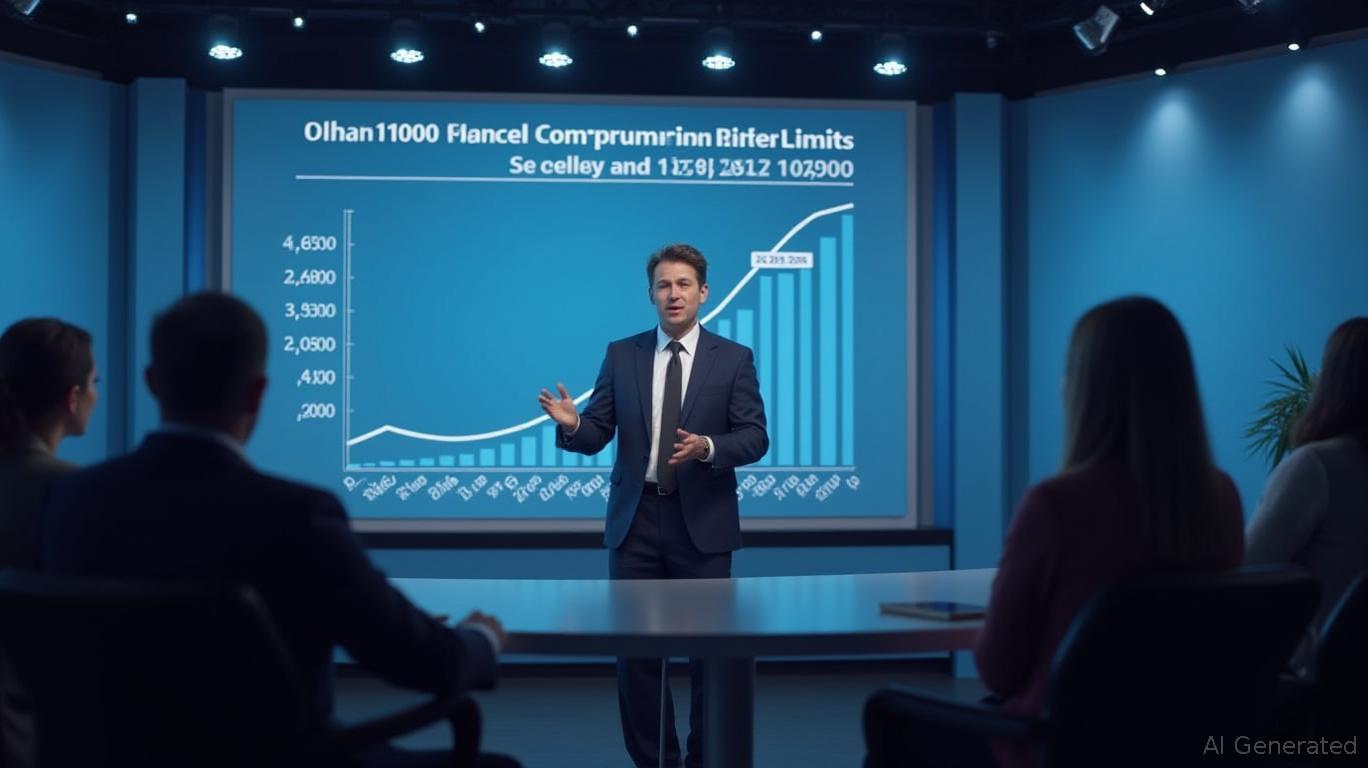Navigating 401(k) Reforms: How New Rules Are Reshaping Retirement Savings Strategies
The U.S. Department of Labor (DOL) and legislative updates under the SECURE 2.0 Act have fundamentally altered the landscape of 401(k) plans, introducing higher contribution limits, expanded Roth options, and enhanced fee transparency. These changes, effective through 2025 and beyond, demand that American workers reassess their retirement strategies to maximize savings, manage taxes, and control costs. Here's how the reforms affect different age groups and risk tolerances—and what you can do now.

Rising Contribution Limits: Save More, or Risk Falling Behind
The annual contribution limit for 2025 has climbed to $23,500 for workers under 50, with catch-up contributions of $7,500 for those aged 50+, pushing total contributions to $31,000. A new “super catch-up” allows workers aged 60–63 to contribute an additional $11,250, enabling totals of $34,750. These increases are a double-edged sword: they offer greater savings potential but require proactive adjustments to payroll deductions.
Even a $3,500 increase in annual contributions could add nearly $200,000 to a 35-year-old's nest egg by age 65. Workers should review their budgets to capitalize on these limits, especially those nearing retirement who can leverage the super catch-up.
Roth Contributions: A Tax-Smart Shift for High Earners
Starting in 2026, high earners (those making over $145,000) will be required to make catch-up contributions as Roth rather than traditional 401(k) funds. This forces a strategic reckoning: Roth contributions are taxed upfront but grow tax-free, ideal for those expecting higher future tax rates. Meanwhile, employers can now allow Roth designations for matching contributions, a boon for workers who prefer tax-free withdrawals.
Workers should analyze their current and projected income to decide whether to convert existing savings to Roth or adjust contributions now. For example, a 55-year-old in a 22% tax bracket today might prefer Roth contributions if they expect to face a 32% rate in retirement.
Fee Transparency: The Quiet Revolution in Retirement Costs
The DOL's renewed focus on fee transparency, including rescinding its 2022 cryptocurrency guidance, empowers workers to scrutinize plan expenses. Under ERISA's 408(b)(2) and 404(a)(5) rules, plans must disclose administrative, investment, and transaction fees. Low-cost index funds or ETFs with expense ratios below 0.1% now compete with costlier actively managed funds.
Over 30 years, a 1% fee difference can reduce a $500,000 portfolio by $150,000. Workers should demand detailed fee disclosures and prioritize plans with low-cost options.
Cryptocurrency and Risk Tolerance: Proceed with Caution
The DOL's neutral stance on crypto investments opens the door for 401(k) plans to include digital assets. However, their volatility and lack of regulation make them a high-risk choice. A 30-year-old with a high-risk tolerance might allocate 2–5% of their portfolio to crypto, but retirees or risk-averse investors should avoid them entirely.
Age-Specific Strategies
- Under 40: Maximize contributions, favor stocks for growth, and consider Roth conversions to lock in lower tax rates.
- 40–55: Diversify between stocks and bonds, use Roth contributions for catch-ups, and monitor fees aggressively.
- 55–65: Leverage the super catch-up, shift to safer assets, and plan for required minimum distributions.
- Over 65: Focus on liquidity and tax-efficient withdrawals.
Actionable Steps for 2025
- Adjust Contributions: Increase payroll deductions to hit the new limits.
- Review Roth Options: Use DOL disclosures to compare Roth vs. traditional tax outcomes.
- Audit Fees: Demand fee breakdowns and switch to low-cost funds.
- Educate Yourself: Use the DOL's resources (e.g.,
) to understand plan rules. - Avoid Crypto Overreach: If investing, keep allocations small and within high-risk portions of your portfolio.
Conclusion
The SECURE 2.0 reforms and DOL updates have turned 401(k) plans into powerful tools for retirement security—if used wisely. Workers must act now to align their savings, tax strategies, and risk appetite with these changes. By doing so, they can turn regulatory shifts into long-term financial gains.
Sign up for free to continue reading
By continuing, I agree to the
Market Data Terms of Service and Privacy Statement

Comments
No comments yet